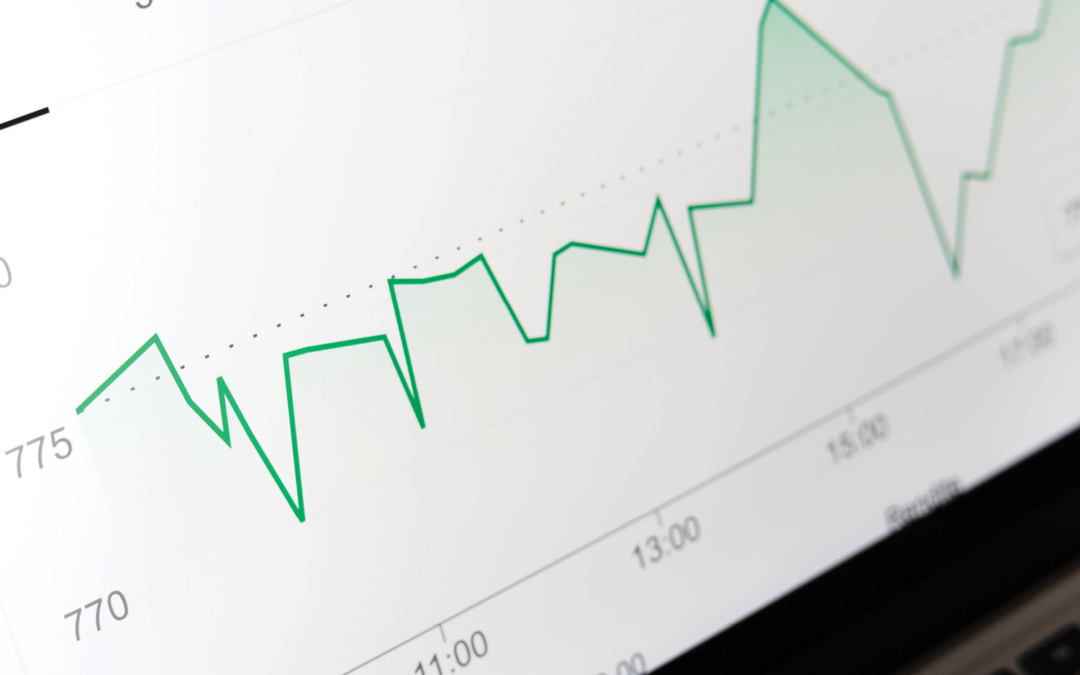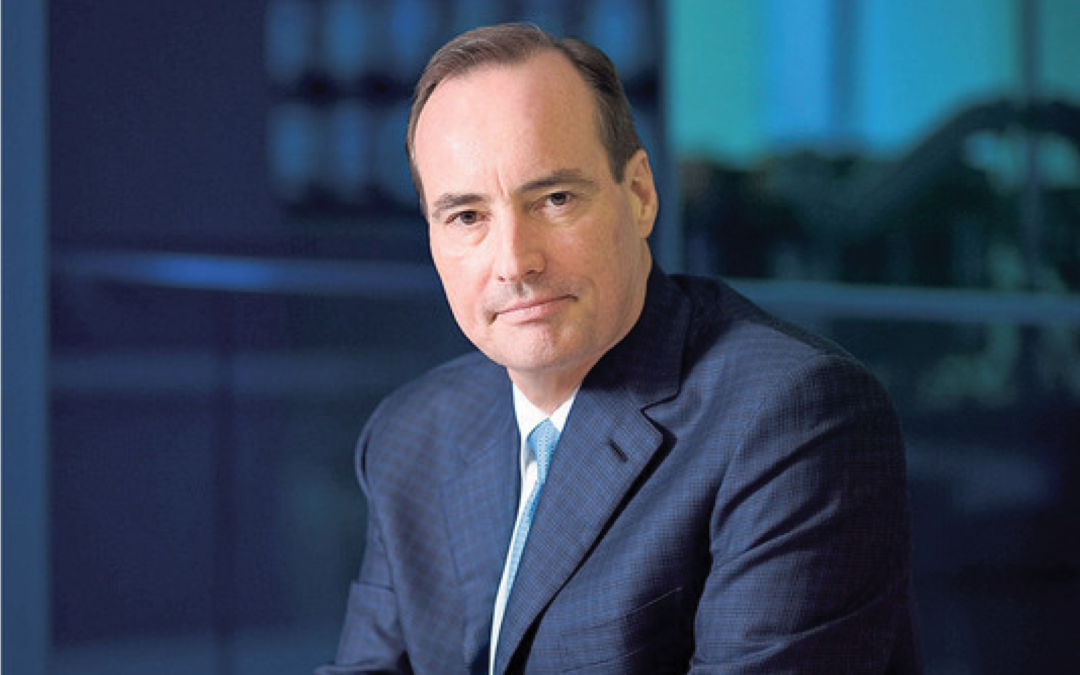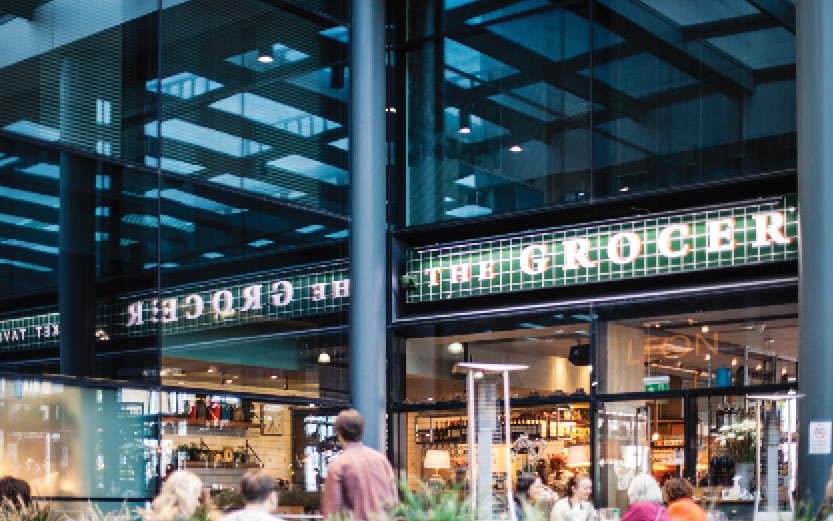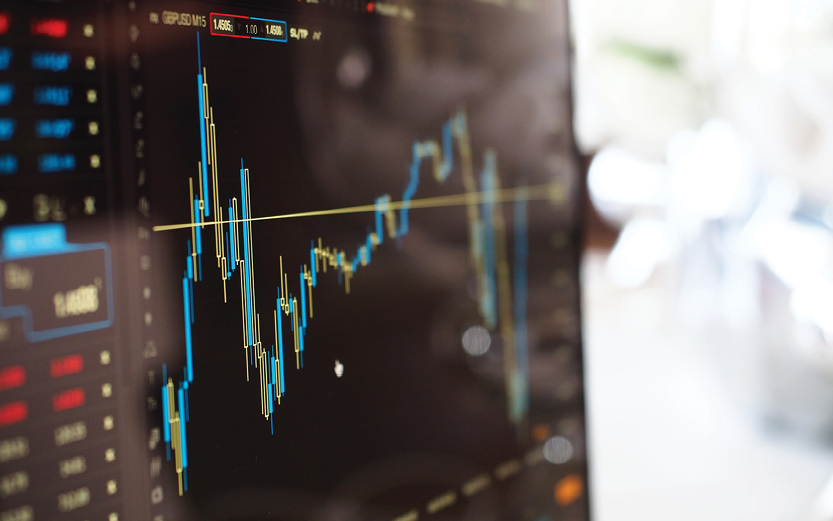
Investors on tenterhooks over inflation
A frustrated US President Harry Truman apparently pleaded for someone to find him a one-handed economist, so he wouldn’t constantly be told “on the other hand”. Right now, inflation is at the centre of ongoing debate among economists with opposing views that are critical for financial markets.
Why is it critical? It’s a broadly accepted tenet of financial markets that low inflation supports higher asset valuations, such as higher PE (price to earnings) ratios. Likewise, the lower inflation is, the lower long-term bond yields are, which means the discount rate used to calculate a discounted cash flow (DCF) valuation is lower, which results in higher asset valuations.
Low inflation has provided a powerful tailwind to the post-GFC bull market in global equities. The Australian ‘core’ inflation measure, which strips out the effect of the more volatile prices like food and energy, peaked at about 4.8 per cent in 2008 and trended down to 1.1 per cent in 2020. In the US, core CPI has varied around 2 per cent for most of the post-GFC period, while in Europe it’s been around 1 per cent.
Financial markets are concerned that a meaningful rise in inflation will force central banks to raise interest rates, which will flip the story to a serious headwind. The potential PE de-rating would hit the higher priced tech stocks especially hard, meaning the US share market would be particularly vulnerable. And as the old saying goes about America sneezing…
So why the concern now? Inflation measures around the world have spiked this year. Australia’s headline CPI rate jumped from 1.1 per cent in the March quarter, to 3.8 per cent in June, and in the US the CPI leaped from 1.7 per cent in February to a 13-year high of 5.4 per cent in July. While the respective core rates were lower, nevertheless they too saw a substantial jump.
What has economists divided though, is whether this spike is transitory and inflation will drop back down, as the central banks argue, or structural and so will continue to rise.
On the one hand, the transitory camp argues that because prices collapsed after multiple countries locked down between March and June last year, it was always going to look like a huge increase this year after those same prices had largely recovered.
An excellent example of this is the oil price. Over the year to Australia’s June 2021 CPI figure, the oil price increased 200 per cent, from $25 per barrel to $75. Automotive fuel prices rose 27 per cent over that same period, which, by itself, added about 1 per cent to the overall 3.8 per cent increase in the CPI. If fuel prices stay the same for the next 12 months, and nothing else changes, inflation should drop back to 2.8%.
Likewise, May saw the largest year on year increase in the US CPI since 1992, but three categories that comprise about 5 per cent of the core CPI drove 50 per cent of the monthly increase, and they were all associated with transport and mainly reflected used car prices jumping by almost 50 per cent over the year.
Proponents of the transitory view point to the 10-year government bond yield, which, at 1.25 per cent, shows the financial markets are sanguine about the prospects of higher inflation. Sceptics argue that simply reflects the heavy involvement of central banks.
On the other hand, the economists arguing inflationary pressures are likely to persist point to the sweeping changes many companies are making to supply chains as they prioritise security of supply over cost, undermining the disinflationary effects of globalisation. Also, rising wage pressures, more so in the US than Australia, will increase aggregate demand and could force companies to increase prices. Finally, some argue once the acceptance of rising prices is entrenched, it becomes a self-fulfilling prophecy.
Inflation is awesomely complex and there is no cogent, complete model for it. Research by Ulrike Malmendier, Professor of Economics at Berkeley, shows peoples’ inflationary expectations are shaped by their lifetime experiences, regardless of their level of expertise. So those economists that lived through the stagflation of the 1970s might therefore be expected to be more cautious than those who didn’t. Smart investors will be well advised to watch carefully for inflation, but as usual, it’s likely the markets will pick it up well before we do.




